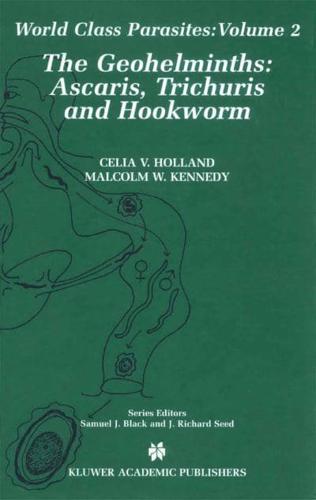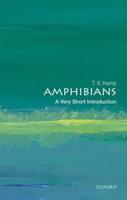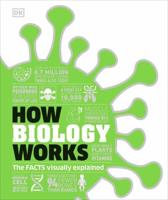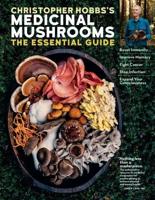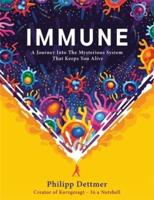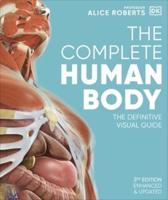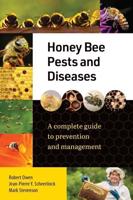Publisher's Synopsis
The soil-transmitted nematode parasites, or geohelminths, are - called because they have a direct life cycle, which involves no intermediate hosts or vectors, and are transmitted by faecal contamination of soil, foodstuffs and water supplies. They all inhabit the intestine in their adult stages but most species also have tissue-migratoryjuvenile stages, so the disease manifestations they cause can therefore be both local and systemic. The geohelminths together present an enormous infection burden on humanity. Those which cause the most disease in humans are divided into three main groupings, Ascaris lumbricoides (the large roundworm), Trichuris trichiura (whipworm), and the blood-feeding hookworms (Ancylostoma duodenale and Necator americanus ), and this book concentrates on these. These intestinal parasites are highly prevalent worldwide, A. lumbricoides is estimated to infect 1471 million (over a quarter ofthe world's population), hookworms 1277 million, and T. trichiura 1049 million. The highly pathogenic Strongyloides species might also be classified as geohelminths, but they are not dealt with here because the understanding of their epidemiology, immunology and genetics has not advanced as rapidly as for the others. This is primarily because of the often covert nature of the infections, with consequent difficulties for analysis. If there is ever a second edition of this book, then there will hopefully be much to say about this infection.


